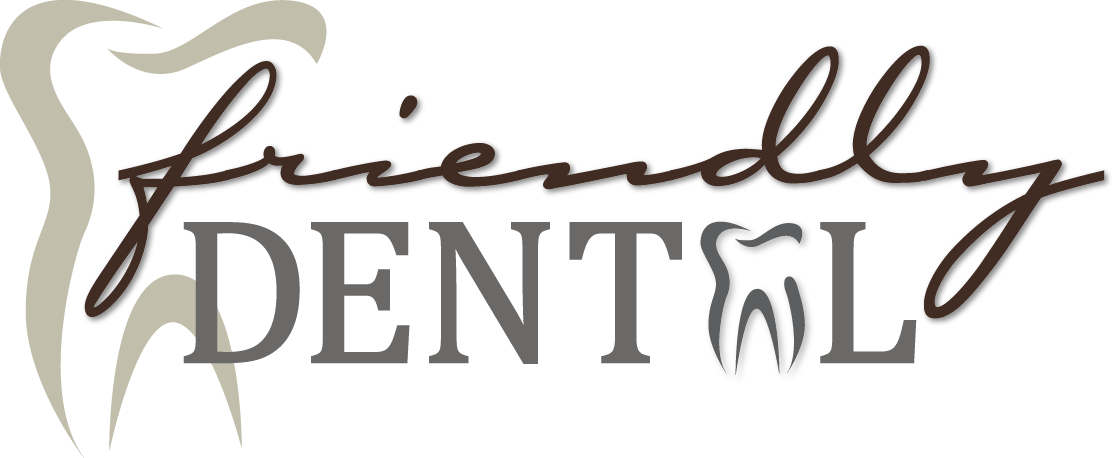Sealants
Our goal is for our patients to experience the least amount of dental treatment possible. And we know that children who enter adulthood with the fewest restored teeth will enjoy the lowest risk of future problems.
Sometimes brushing is not enough, especially when it comes to those hard-to-reach spots in your mouth. It is difficult for your toothbrush to get in-between the small cracks and grooves on your teeth. If left alone, those tiny areas can develop tooth decay. Sealants give your teeth extra protection against decay and help prevent cavities.
Sealants give us a tool that can dramatically reduce the number of fillings placed in permanent teeth during critical stages of growth and development. On the chewing surface of molars, deep grooves reach into the center of the teeth. Under a microscope, these crevices might look like a deep canyon. In fact, most of them are narrower than a single toothbrush bristle but wide enough for bacteria to hide. It’s easy to see how cavities can form in such a perfect hideout.
Sealants are typically applied to children’s teeth as a preventive measure against tooth decay after the permanent teeth have erupted. However, adults can also receive sealants on healthy teeth. It is more common to seal “permanent” teeth rather than “baby” teeth, but every patient has unique needs, and your dentist will recommend sealants on a case-by-case basis.If the grooves in permanent molars are sealed at a young age, the risk of decay occurring on the chewing surfaces decreases dramatically. Fortunately, this procedure can be done quickly and without any discomfort. If the grooves are free of cavities, they can be gently cleaned out and conditioned for bonding. Then a resin material is flowed into the grooves and sealed quickly with a blue activating light. Within a few minutes, the permanent molars receive a protective measure against cavities.
Sealants only last a few years and may need to be repaired or replaced periodically. But research confirms a 90% reduction in chewing surface cavity activity in sealed molars. This cost-effective, simple step may help your child enter adulthood with fewer fillings and less risk of major dentistry in the future.

